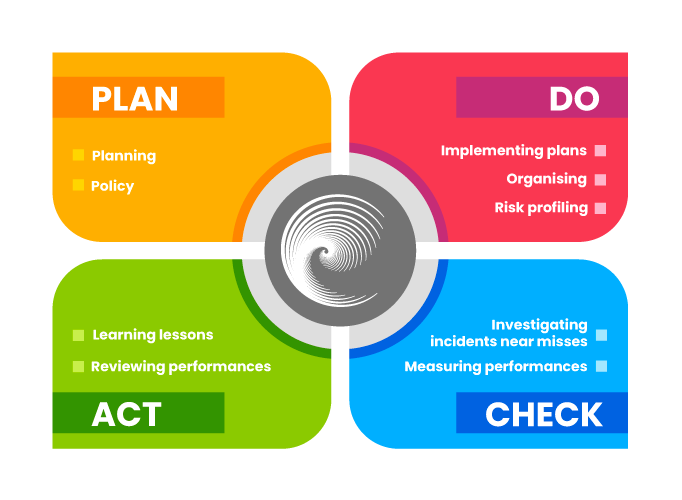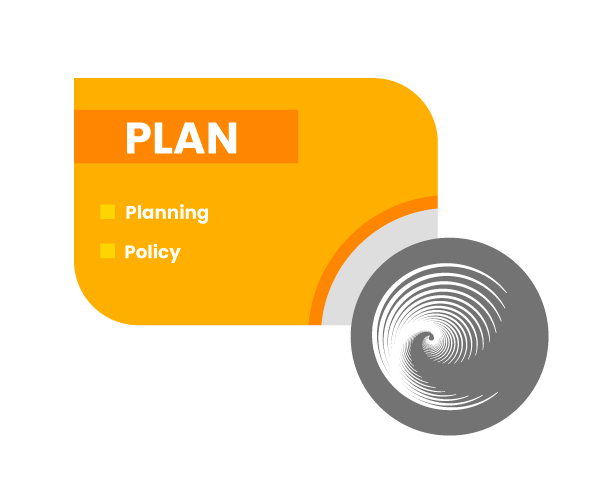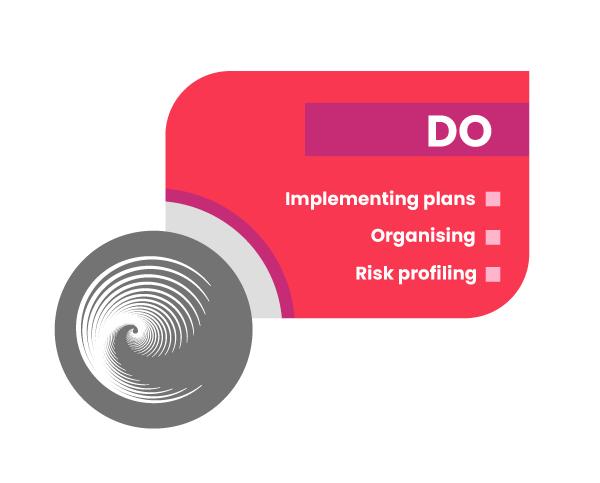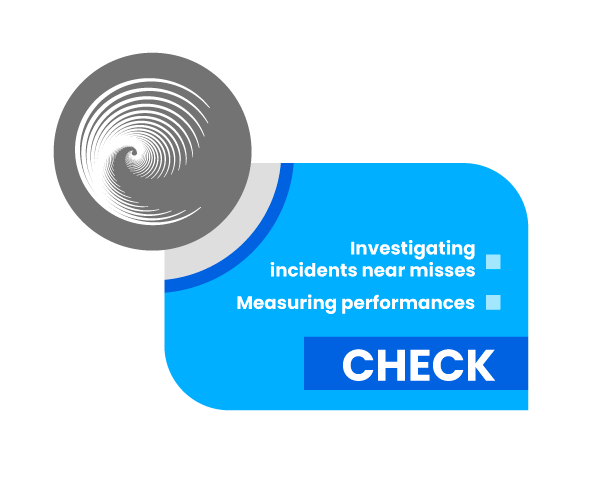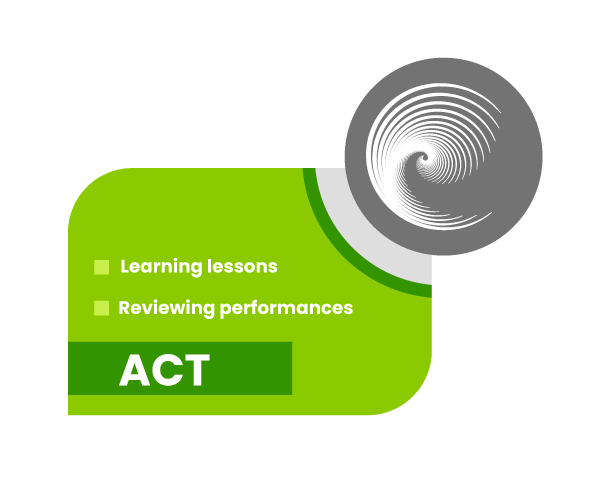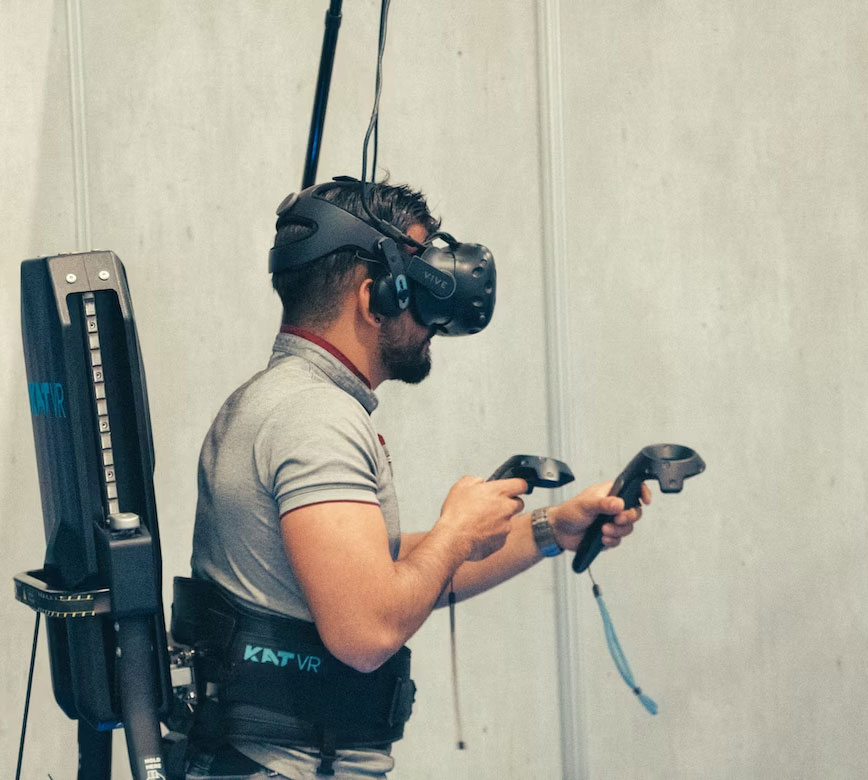
We are specialists in recruitment and selection
Talent acquisition strategies for your growing business in critical sectors such as Oil&Gas, large construction, conventional and renewable energy production and distribution, petrochemical, pharmaceutical, and plant maintenance. Our vision is to be an integral part of the energy transition, uniting people for people.
With our in-depth knowledge and experience, we support companies in the proper management of integrated systems, ensuring compliance with national and international regulatory requirements. We create tailor-made solutions that take into account the specific needs and challenges of each sector, offering consulting, training and ongoing support.
Recruitment authorization N° HEM/01/257-8/2024
